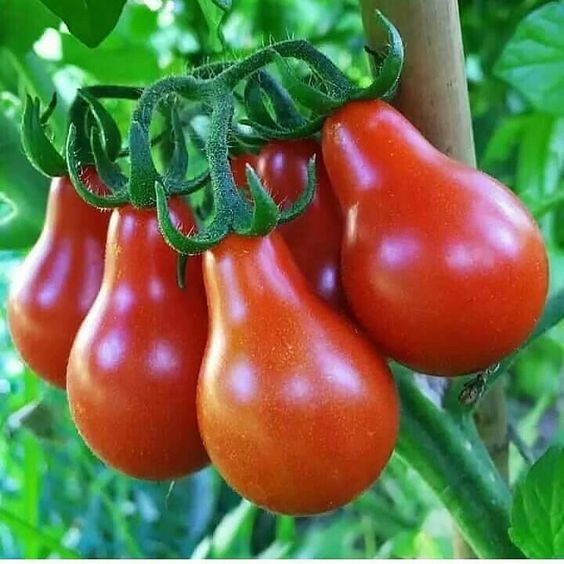The tomato, scientifically known as Solanum lycopersicum, is a widely cultivated fruit that holds a special place in culinary traditions around the world. Often mistaken for a vegetable, this vibrant and versatile ingredient adds a burst of flavor and nutritional value to a wide array of dishes. In this article, we will delve into the fascinating world of tomatoes, exploring their history, culinary uses, health benefits, and their impact on global cuisine.
Historical Significance: Tomatoes have a rich history that spans centuries and continents. Native to western South America, they were initially cultivated by the ancient Aztecs and Incas. It wasn’t until the 16th century that tomatoes were introduced to Europe by Spanish explorers. Initially met with skepticism and even regarded as poisonous, tomatoes gradually gained popularity and became a staple ingredient in Mediterranean and European cuisines. Culinary Versatility: Tomatoes are renowned for their culinary versatility, lending their distinct flavor profiles to a multitude of dishes. Whether enjoyed fresh, cooked, or preserved, they offer a unique combination of sweetness and acidity that enhances the taste of countless recipes. From savory sauces and soups to refreshing salads and salsas, tomatoes serve as a foundational ingredient in cuisines across the globe, including Italian, Mexican, and Mediterranean. Nutritional Value: Beyond their delicious taste, tomatoes pack a nutritional punch. They are a rich source of vitamins A, C, and K, as well as potassium and antioxidants. The presence of lycopene, a powerful antioxidant, has been linked to various health benefits, including reduced risk of certain cancers and heart disease. Additionally, tomatoes are low in calories and high in fiber, making them a nutritious choice for those seeking a balanced diet.









